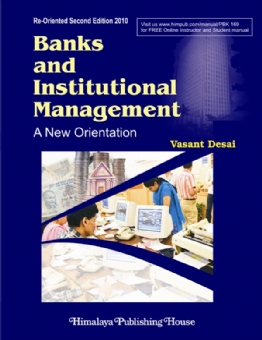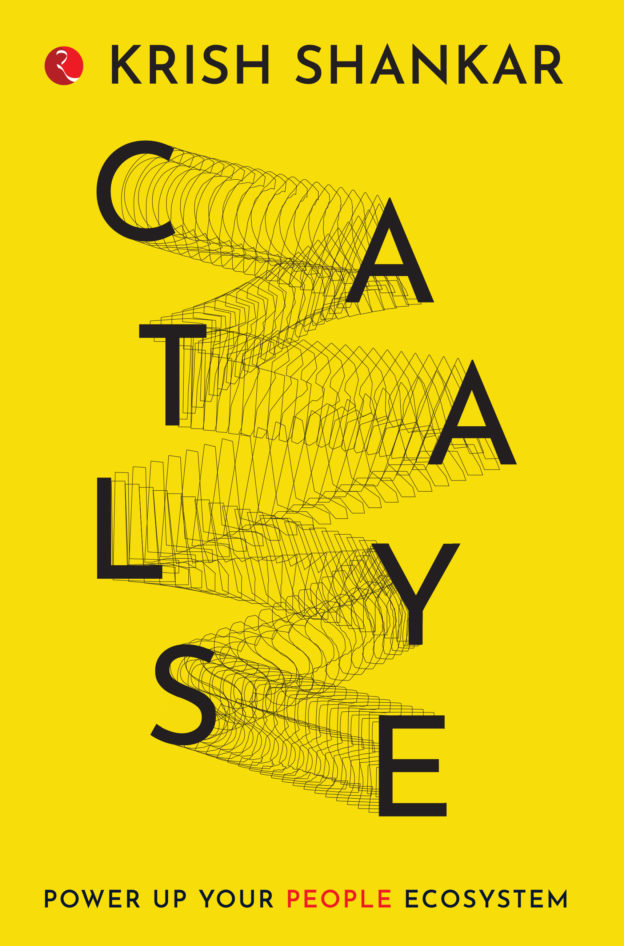Banks and Institutional Management
no information available
The economic development depends upon a multiplicity of factors. Amongst these varied factors, the rate of capital formation is one of the most important determinants of the rate of growth of an economy. It is one of the key inputs of development. The economic development of a country depends Inter alia, on its financial structure. In the long-run, the larger the proportion of the financial assets to real assets, the greater is the scope for economic growth. Investment is a precondition of economic growth. To sustain growth, continued investment in the growth process is necessary. Since finance is an important input in the growth process, it plays a crucial role in the economy. A more efficient composition of real wealth is obtained by the promotion of financial assets which provide incentives to savers to hold a larger part of their wealth in the financial form. An increasing rate of savings correlates with the increase in the proportion of savings held in the form of financial assets − relative to tangible assets. In recent year’s globalization, deregulation and emerging markets have dramatically changed the way banks and financial institutions respond to evolving market dynamics. Increasing global competition has also pushed banks to continuously search for new sources of competitive advantage. Therefore today's organizations have multiple offices across multiple locations worldwide with thousands of Employees and millions of Assets to track. Over the years, the increasing need to enhance income, improve market share, improve quality of service, adopt technology, refocus on the customer relationship and reduce cost of operation and improve profits has forced banks and other financial institution to rethink and adopt varying business strategies and models. Key elements of strategies adopted by financial institution in India include improved management, adopt new skills, building a strong presence in India and abroad, customer focused production innovation, financial resilience and a strong operating environment, strong prudential and supervisory norms are requiring banks in India to conform to higher standards. Three key buzzwords are the current focus of the industry today. Contents : Module-1 The Nature and Role of Financial System 1. Introduction 2. The Structure of the Financial System 3. Functions of the Financial Sector 4. Financial Systems and Economic Development 5. The Indian Financial System 6. Financial Sector Reforms 7. The Reserve Bank of India 8. Monetary Policy of the Reserve Bank of India Module-2 Banking Institutions 9. Commercial Banks 10. Functions of Commercial Banks 11. Liabilities of Banks 12. Credit Management 13. Banking Innovations 14. Non-Performing Assets 15. Securitisation 16. Cooperative Banks Module-3 Non-Bank Financial Intermediaries and Statutory Financial Organisations 17. Small Savings and Provident Funds 18. Life Insurance 19. General Insurance Corporation 20. The Insurance Regulatory and Development Authority (IRDA) 21. Non-Banking Finance Companies 22. Lease Finance & Hire-Purchase Finance 23. Housing Finance 24. Merchant Banks 25. Venture Capital Funds 26. Forfeiting 27. Factoring 28. Credit Rating 29. Depository and Custodial Services Module-4 Investment and Brokerage Intermediaries 30. The Brokerage Business 31. Stock Exchange Transactions 33. Mutual Funds 34. Money Market Mutual Funds Module-5 Markets 35. The Stock Market in India 36. OTC Markets 37. New New Issues Market 38. Call Money Market 39. Government Securities Market 40. Markets for Futures 41. Financial Derivatives 42. Foreign Exchange Market 43. Securities and Exchange Board of India ... Read more Read less











